Insulation Tips
How Long Does Insulation Last, And How Often Should It Be Replaced?
Many customers come to us asking “how long does insulation last?”. Whether you’re wondering if it’s time to replace your insulation or are weighing up whether or not insulation is a good investment – it’s a good question. In this article we will walk you through how long insulation lasts, the signs that it’s time to replace your insulation and how to choose the right insulation to do so.
How Long Does Insulation Last?
Insulation is designed to last for a long time, often several decades. If you are installing insulation in a new home, check the product warranty for a good indication of how long a particular product will last. Most modern batt insulation will have a warranty of between 50 – 70 years.
If you haven’t built your home but moved into an existing home (this is the majority of us), chances are you don’t know when insulation was last installed. The first step is to check if your home has insulation and what condition it is in. Check out the section below “how often do you need to replace insulation” for warning signs that your insulation needs replacing.
Checking Whether Your Home Has Insulation
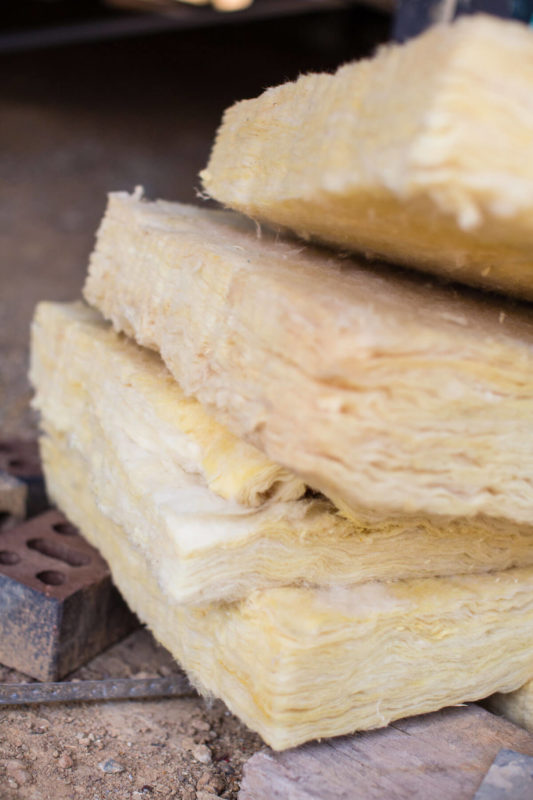
If you have just moved into an older home or have noticed your home is really hot in summer or very cold in winter, check whether your home already has insulation in the walls, ceiling and/or underfloor area. You may need professional help from certified home inspectors if you cannot access some of the areas.
If any of these areas are lacking insulation, consider retrofitting your insulation. It will significantly improve temperature regulation in your home as well as its energy efficiency. Retrofitting insulation in the walls is best done during renovations when the wall cavity is exposed. If your underfloor area and roof cavity are easily accessible, they can be retrofitted at any time.
In this blog, we will be focusing on roof insulation batts (aka attic insulation), as up to 35% of summer heat gains and winter heat losses can occur through an uninsulated roof.
How Long Should Roof Insulation Actually Last?
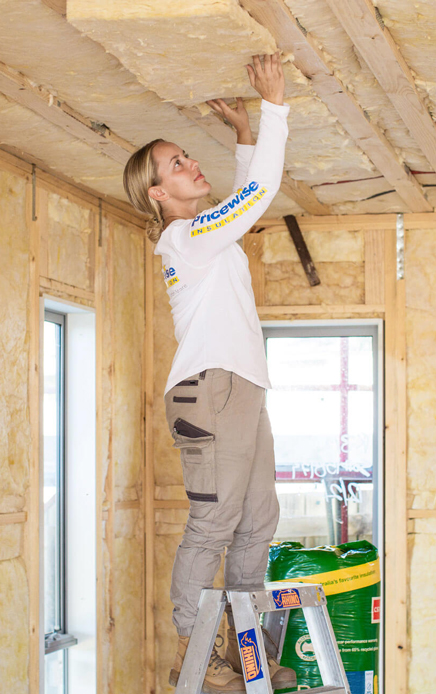
As a rule of thumb, we recommend checking your roof insulation every 10 years as standard insulation may start to degrade after this time. If your insulation is old, then there’s a chance gaps may be present and air leaks as a result. You may notice a deterioration in stable indoor temperatures and an increase in electricity bills and this can be a sign that it’s time to check your insulation.
Although we suggest checking your insulation every 10 years for older homes, today’s insulation is manufactured and designed to last for the lifetime of your home. Knauf Earthwool products come with a 50 year warranty on their products, whilst Bradford insulation has a 70 year product performance warranty.
How Often Do You Need To Replace Insulation?
You should replace insulation when it is no longer doing its job to a level that you’re happy with. Some signs that it might be time to replace your insulation include:
- Fluctuating indoor temperatures
- Difficulty keeping your home cool, even with the air conditioning on
- Trouble keeping your home warm in winter
- Higher electricity bills
- Water damage in your roof (for example, after a storm)
- Pest infestation in your ceiling
The quality and R-Value of insulation that you buy can also affect how long insulation lasts. When buying insulation, check the product warranty to ensure you will get a good return on your investment.
What Factors Affect How Long Insulation Lasts?
Although modern insulation is designed to last for several decades, there are a number of factors that can speed up the degradation process. These include:
- Insulation moving – If insulation isn’t fastened or installed properly it may move from its place, exposing that area and causing air draughts. Anywhere that air can flow heat will be able to escape or sneak into your home.
- Moisture damage and mould growth – Water leaks and condensation can compromise the performance of insulation and may lead to mould growth. If your insulation is affected by water damage, we recommend removing it, finding the source of water or condensation and fixing it before you install new insulation material.
- Dirt and Dust – If roof insulation batts become dusty or dirty this may reduce the effectiveness of the insulation material. This is particularly true for foil backed insulation as dirt and grime on the reflective surface can reduce its ability to reflect radiant heat away from your home.
- Physical damage – Tears in the insulation can leave gaps in the insulation which reduces its performance. Any gaps will allow air and heat to flow through. Damage that compresses the air pockets inside the insulation will also reduce its effectiveness.
- Infestations – If insulation is infested by rodents or other pests, they may cause damage to the insulation either by ripping it or causing mould and moisture issues.
Should I Replace My Roof Insulation Or Top It Up?
If you notice fluctuating temperatures within your home and air drafts, you may want to check your roof insulation batts.
If your roof insulation shows signs of mould, is wet, or extremely degraded, we recommend removing the insulation, inspecting the area and repairing leaks and air gaps where possible before installing the new roof insulation batts.
Check out this video for more information.
[embedyt] https://www.youtube.com/watch?v=Ki3m5f9gaIU[/embedyt]On the other hand, if you have inspected the area and no damage to the existing insulation is seen we recommend topping up your insulation. The existing insulation may not have as much insulating power as it used to, but when combined with new insulation it can help boost the overall R-Value (insulating power).
If your home has quality insulation but you require a higher R-value for greater thermal performance, we recommend topping up!
What Type Of Insulation Should I Buy For Topping Up?
There are many different types of home insulation available. The right type of insulation for your needs depends on your budget, climate and personal preferences. Two of the most popular and effective insulation types are glasswool (aka fiberglass insulation) and polyester insulation batts.
Glasswool batts are made from recycled glass materials. They have great thermal and acoustic properties and are one of the most cost-effective solutions on the market.
Polyester batts are made from recycled plastic materials and contain no breathable fibres. They are easy to handle and are popular with homes of people with asthma or severe dust allergies because of their low allergenic properties. Polyester tends to be more expensive than glasswool.
The Importance Of R-value For Roof Insulation
More than brand or material, the most important factor to consider when buying insulation is the R Value. The R-Value of an insulation product indicates how effective it is at resisting heat transfer. The higher the R Value, the more insulating power it has and the more you will be able to save on your energy bills.
We recommend at least R5.0 or R6.0 for the roof if you live in a cooler location like Melbourne, Sydney or Adelaide. For warmer locations like Perth and Brisbane, we recommend at least R4.0 for the ceiling. If you have the budget, we recommend upgrading to a higher R Value, no matter where you live, as this will give you the greatest indoor comfort and the maximum energy savings.
Looking For Affordable Roof Insulation For Topping Up?
At Pricewise Insulation, we offer a range of roof insulation batts in a variety of R-values for new and existing homes. These include; Knauf Earthwool ceiling insulation batts, Bradford Polymax Ceiling Insulation and Bradford Hi-Performance Gold Ceiling Batts. Remember, if you’re wondering how long does insulation last, check the product warranty.
Order online today!

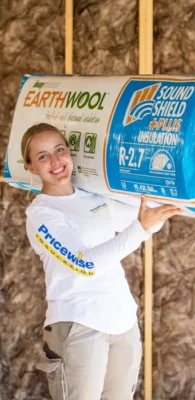
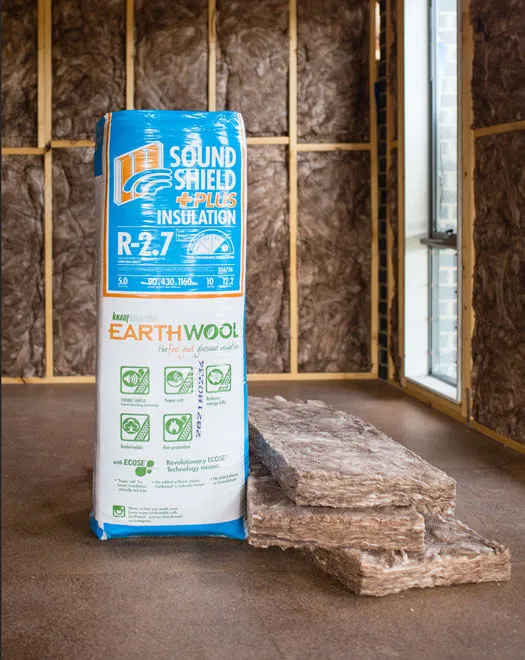
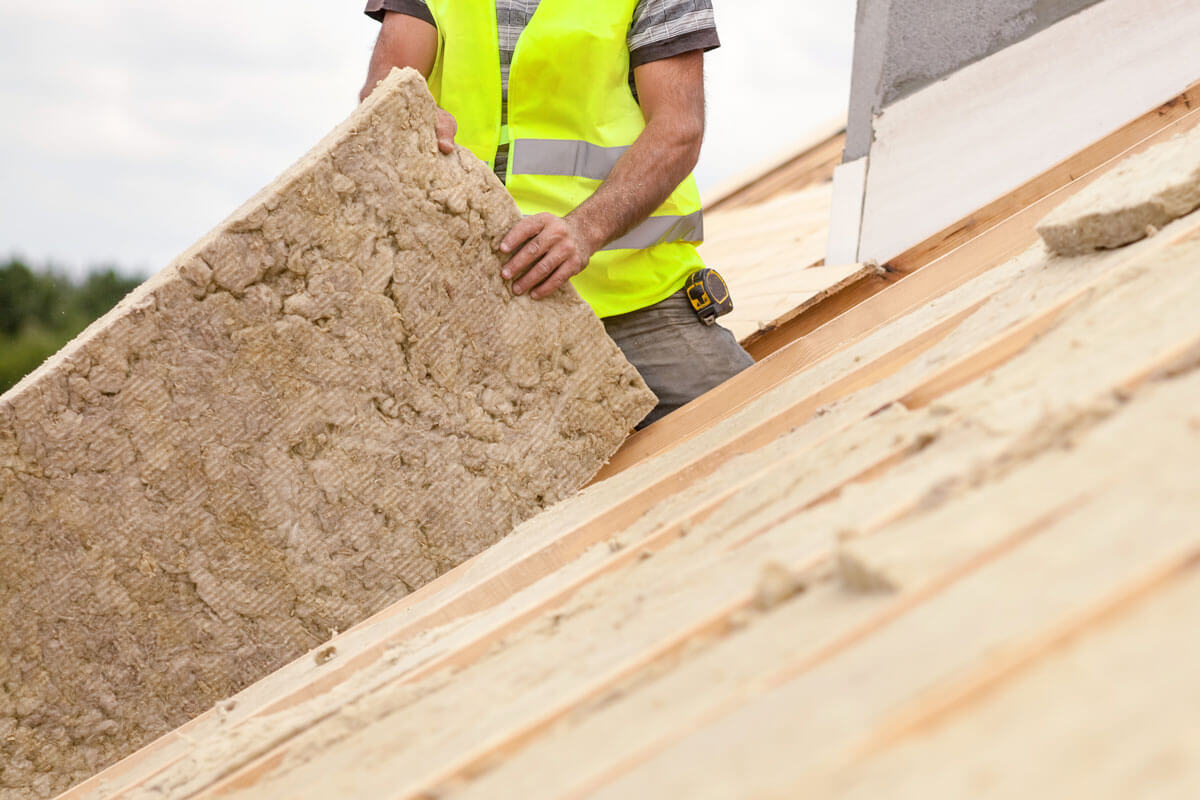
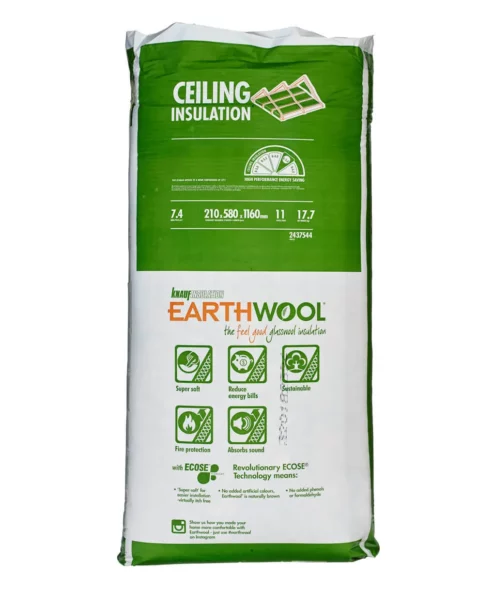
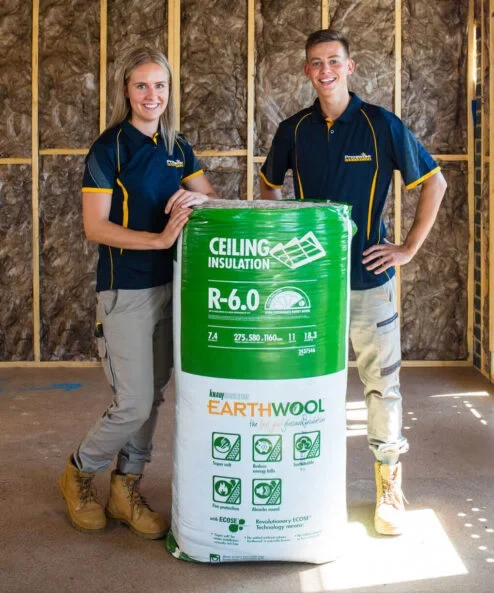
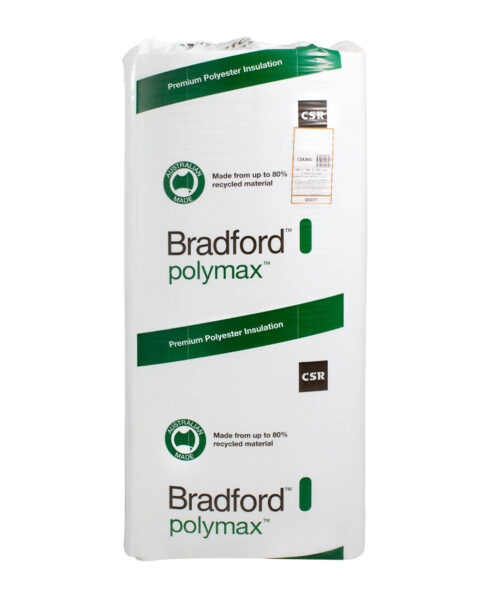
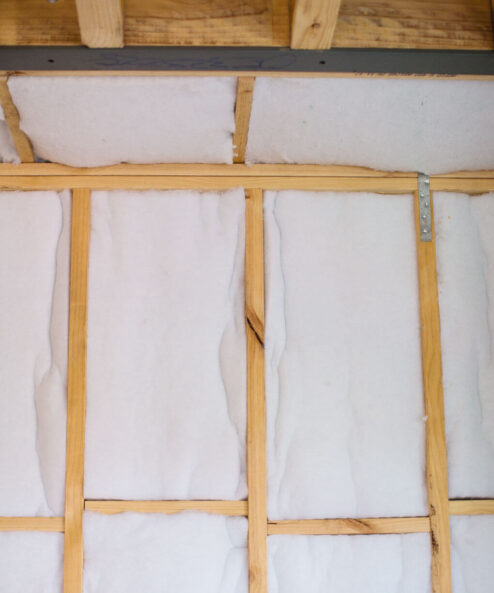

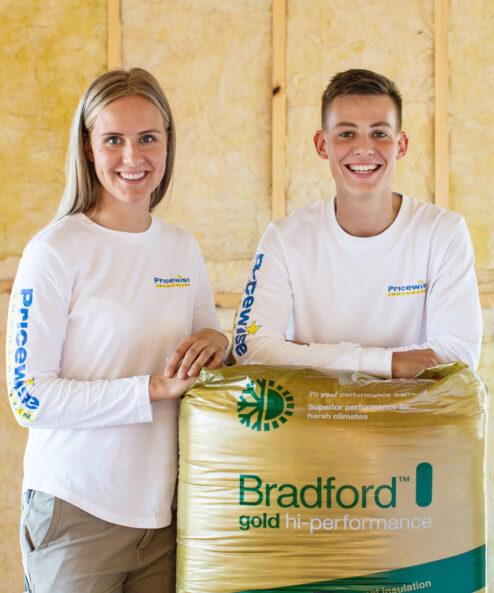
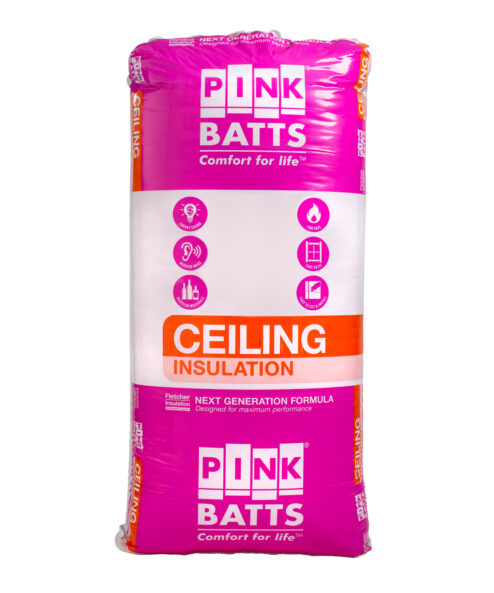
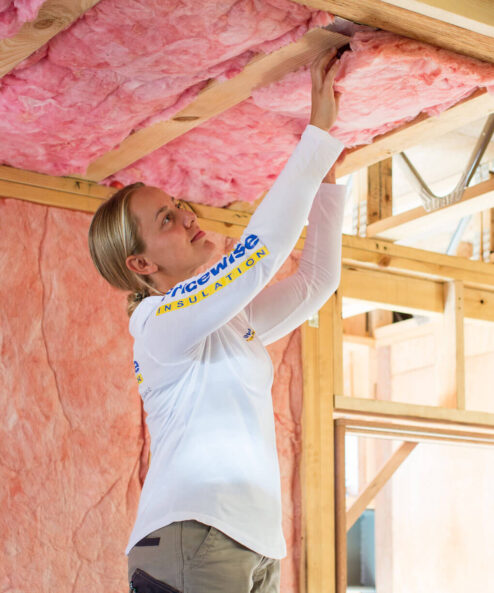
I am after a quote to remove old fibreglass roof insulation in a 2 storey residential house. Roof area is approx 188 sqm with good access in the roof space. I am in Arncliffe NSW 2205. I will also be looking at installing new fibre free insulation, so you are welcome to provide a separate fee for this. Best to contact me via email.
Hi Michel,
Thank you for your enquiry, we have forwarded your request to our team in Sydney. If you have any further questions then please do not hesitate to give us a call on 1300 729 639.
Cheers!
Christa
22 year old home possibly need a top up or replacement in the roof
Hi Tony,
Thank you for your comment! It’s indeed a wise consideration to assess the insulation requirements, especially given that the standards have evolved significantly over the past 22 years.
I recommend watching this video https://www.youtube.com/watch?v=Ki3m5f9gaIU which outlines key factors to consider before deciding whether to opt for a top-up, or a removal and replacement approach. It provides valuable insights that can guide you in making a decision tailored to your specific needs.
Feel free to give us a call on 1300 729 639 or email sales@pricewise.com.au if you have any further questions.
Regards,
Felicity
Hi – please could someone fro Sydney office contract re roof insulation inspection and possible replacement after 40 years – tks 0412295661
Hi Mark,
Thanks for your inquiry! One of our team members will be in contact with you today.
Warm regards,
Felicity
remove the old and replace NEW to a small 3 bedroom house in yagoona 2199
Hi Nick,
Thanks for your comment!
We offer supply and installation in NSW. Feel free to reach out to our team at nsw@pricewise.com.au or phone us on 1300 729 639.
Thank you
Felicity